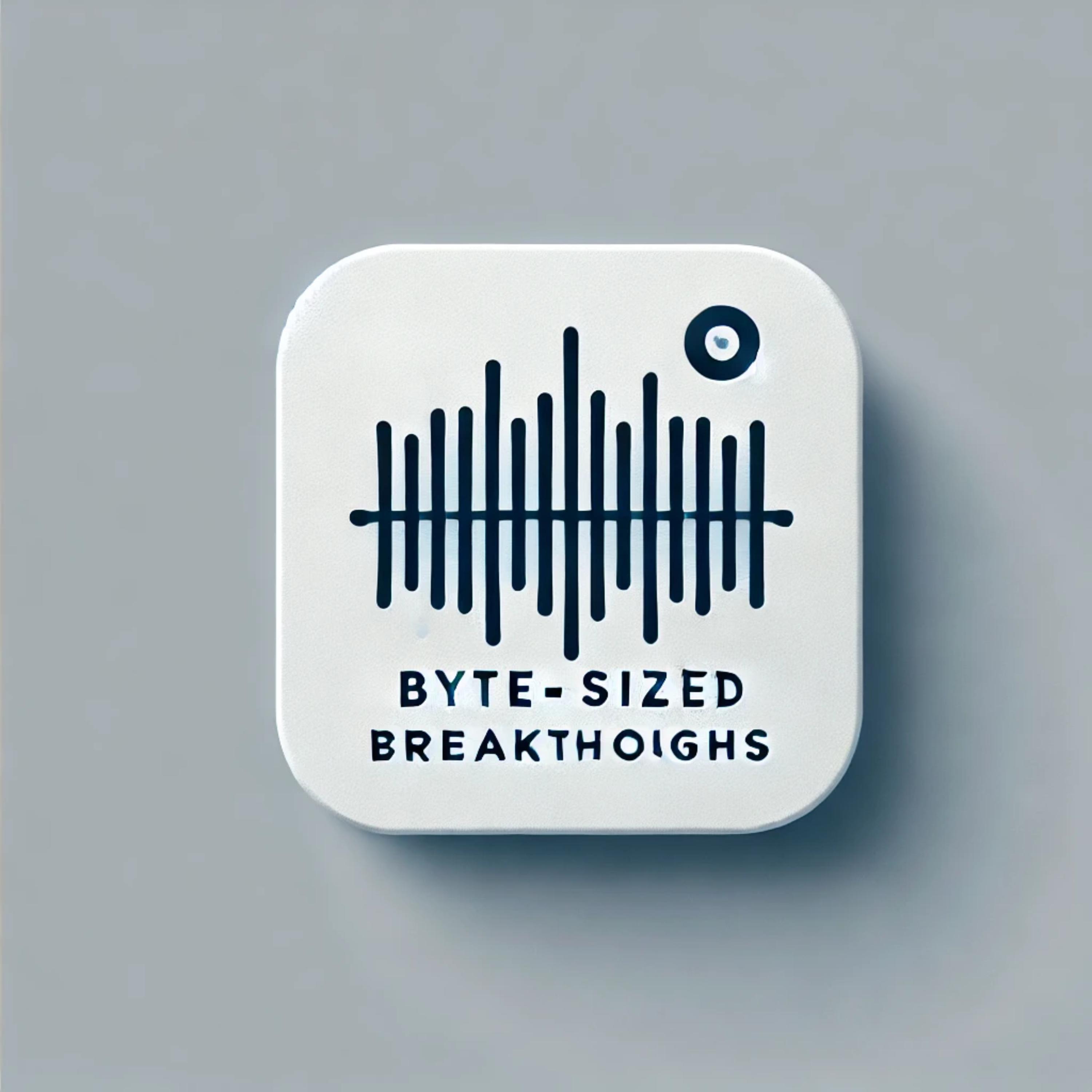Unsupervised Occupancy Fields for Perception and Forecasting
Description
The paper 'UnO: Unsupervised Occupancy Fields for Perception and Forecasting' introduces a novel approach to perception and forecasting in self-driving vehicles using unsupervised learning from raw LiDAR data. By leveraging occupancy fields and deformable attention mechanisms, the UnO model outperformed existing methods on point cloud forecasting and semantic occupancy tasks, showing promise for enhancing the robustness and safety of autonomous systems especially in scenarios where labeled data is limited or rare events occur.
More Episodes
The paper addresses the challenge of balancing accuracy and efficiency in large language models (LLMs) by exploring quantization techniques. Specifically, it focuses on reducing the precision of model parameters to smaller bit sizes while maintaining performance on zero-shot tasks. The research...
Published 08/12/24
Published 08/12/24
The podcast discusses the AutoPruner paper, which addresses the challenge of computational efficiency in deep neural networks through end-to-end trainable filter pruning. The paper introduces a novel methodology that integrates filter selection into the model training process, leading to both...
Published 08/11/24


